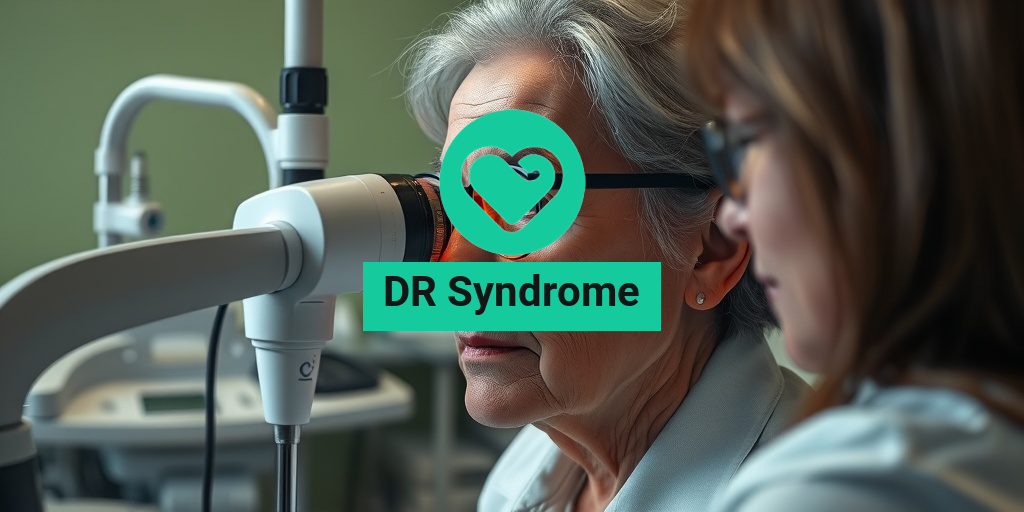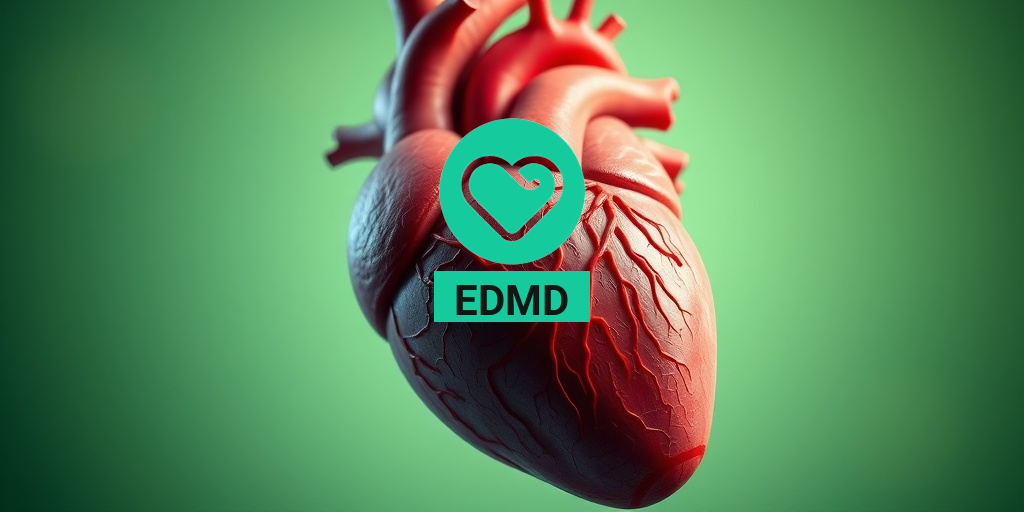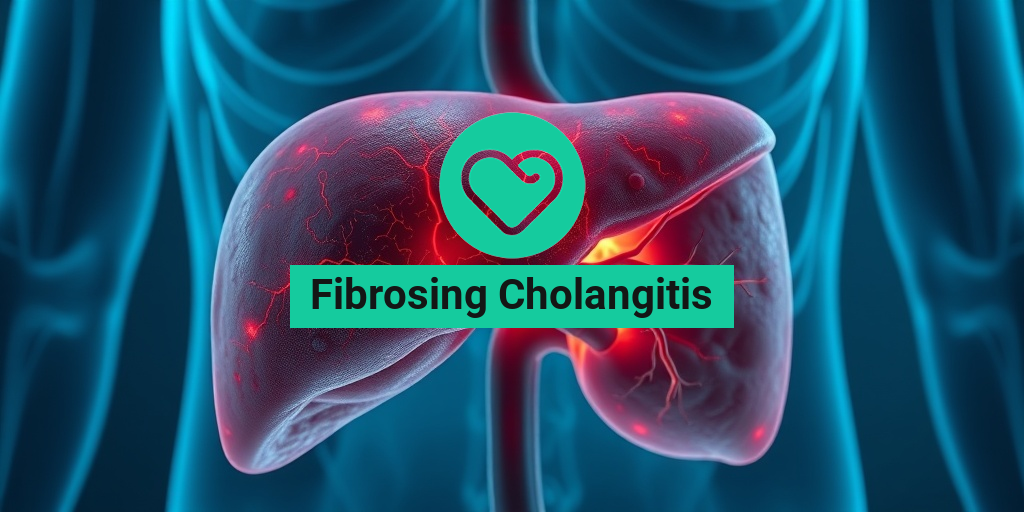What Is DR Syndrome?
DR Syndrome, often referred to as “Doctor Syndrome,” is a term that encompasses a range of psychological and behavioral patterns exhibited by individuals who are overly reliant on medical professionals for their health concerns. This syndrome can manifest in various ways, leading to an unhealthy dependency on doctors and healthcare systems. While the term may not be widely recognized in clinical settings, it highlights an important aspect of patient behavior that can impact overall health and well-being.
At its core, DR Syndrome reflects a mindset where individuals may feel anxious or insecure about their health, prompting them to seek frequent medical advice or interventions. This can lead to a cycle of over-medicalization, where patients may undergo unnecessary tests or treatments, driven by their fears and concerns.
Understanding the Roots of DR Syndrome
The origins of DR Syndrome can be traced back to various factors, including:
- Fear of Illness: Many individuals develop an intense fear of being unwell, leading them to constantly seek reassurance from healthcare providers.
- Previous Health Experiences: Past medical issues or traumatic health events can contribute to a heightened sense of vulnerability.
- Social Influences: Cultural beliefs and societal pressures regarding health can exacerbate the tendency to rely heavily on doctors.
Understanding these underlying factors is crucial for addressing DR Syndrome effectively. By recognizing the psychological components, individuals can work towards healthier coping mechanisms and a more balanced approach to their health.
DR Syndrome Symptoms
Identifying the symptoms of DR Syndrome can be challenging, as they often overlap with other psychological conditions. However, some common signs include:
1. Frequent Doctor Visits
Individuals with DR Syndrome may find themselves visiting healthcare providers more often than necessary. This can lead to a cycle of appointments, tests, and treatments that may not be warranted. The need for constant reassurance can drive this behavior, making it difficult for individuals to feel secure about their health.
2. Anxiety About Health
One of the hallmark symptoms of DR Syndrome is a pervasive anxiety regarding health. This can manifest as:
- Hypochondria: A preoccupation with having a serious illness despite medical reassurance.
- Health-Related Obsessive Thoughts: Constantly thinking about potential health issues or symptoms.
3. Over-Dependence on Medical Advice
People with DR Syndrome may struggle to make health-related decisions without consulting a doctor. This over-dependence can hinder their ability to engage in self-care or make informed choices about their health.
4. Avoidance of Personal Responsibility
Another symptom is the tendency to avoid taking personal responsibility for one’s health. This can include neglecting lifestyle changes, such as diet and exercise, in favor of seeking medical interventions. This avoidance can perpetuate the cycle of dependency on healthcare providers.
5. Emotional Distress
The emotional toll of DR Syndrome can be significant. Individuals may experience:
- Frustration: Due to the ongoing cycle of doctor visits without resolution.
- Isolation: Feeling misunderstood by friends and family who may not grasp the depth of their concerns.
Recognizing these symptoms is the first step towards addressing DR Syndrome. If you or someone you know is experiencing these signs, it may be beneficial to seek support from a mental health professional or a trusted healthcare provider.
Seeking Help and Resources
Addressing DR Syndrome often requires a multifaceted approach, including therapy, education, and support. Resources like Yesil Health AI (yesilhealth.com) can provide evidence-based health answers and guidance, helping individuals navigate their health concerns more effectively. By fostering a better understanding of health and wellness, individuals can work towards reducing their dependency on medical professionals and cultivating a healthier relationship with their own health.
In conclusion, while DR Syndrome may not be a formally recognized condition, its impact on individuals’ lives is significant. By understanding its symptoms and seeking appropriate support, individuals can break free from the cycle of dependency and embrace a more empowered approach to their health. 🌱

Causes of DR Syndrome
DR Syndrome, often referred to as Doctor Syndrome, is a complex condition that can arise from various underlying factors. Understanding the causes is crucial for effective management and treatment. Here, we delve into the primary causes of DR Syndrome.
Genetic Factors
One of the most significant contributors to DR Syndrome is genetic predisposition. Certain genetic mutations can lead to the development of this syndrome, affecting how the body processes information and interacts with its environment. For instance, conditions like Down Syndrome and Grebe Syndrome have genetic components that may overlap with DR Syndrome, leading to similar symptoms.
Environmental Influences
Environmental factors also play a crucial role in the development of DR Syndrome. Exposure to toxins, infections during pregnancy, or significant stressors can trigger or exacerbate symptoms. For example, maternal health issues during pregnancy can lead to developmental challenges in the child, potentially resulting in DR Syndrome.
Psychological Factors
Psychological aspects, including stress and trauma, can contribute to the onset of DR Syndrome. Individuals who experience chronic stress or traumatic events may develop coping mechanisms that manifest as symptoms of this syndrome. Understanding the psychological triggers is essential for effective treatment and support.
Neurological Conditions
Neurological disorders can also be a cause of DR Syndrome. Conditions that affect brain function, such as Dr. House Mirror Syndrome, can lead to cognitive and behavioral changes that align with DR Syndrome symptoms. These neurological factors can complicate diagnosis and treatment, making it essential for healthcare providers to conduct thorough evaluations.
Risk Factors for DR Syndrome
Identifying the risk factors associated with DR Syndrome can help in early detection and intervention. Here are some of the key risk factors to consider:
Family History
A family history of DR Syndrome or related conditions significantly increases the likelihood of developing the syndrome. If a close relative has been diagnosed, it’s essential to monitor for symptoms and seek professional advice early on.
Age and Gender
Age and gender can also influence the risk of developing DR Syndrome. Research indicates that certain age groups may be more susceptible, and there may be gender differences in how symptoms present. For instance, males may exhibit different behavioral patterns compared to females, which can affect diagnosis and treatment approaches.
Pre-existing Health Conditions
Individuals with pre-existing health conditions, such as autoimmune disorders like Sjögren’s Syndrome, may be at a higher risk for developing DR Syndrome. These conditions can impact overall health and may exacerbate symptoms associated with DR Syndrome.
Socioeconomic Factors
Socioeconomic status can also play a role in the risk of DR Syndrome. Limited access to healthcare, education, and resources can hinder early diagnosis and treatment, leading to worse outcomes. Communities with fewer resources may see higher incidences of DR Syndrome due to these barriers.
Stress and Lifestyle Choices
Chronic stress and unhealthy lifestyle choices, such as poor diet and lack of exercise, can increase the risk of developing DR Syndrome. These factors can affect mental and physical health, making it essential to adopt a balanced lifestyle to mitigate risks.
In summary, understanding the causes and risk factors of DR Syndrome is vital for effective management and support. By recognizing these elements, individuals and healthcare providers can work together to create tailored treatment plans that address the unique needs of those affected by this syndrome. 🌟

Diagnosing DR Syndrome
Diagnosing DR Syndrome can be a complex process, as it often involves a combination of clinical evaluations, patient history, and specific diagnostic tests. Understanding the symptoms and the diagnostic criteria is crucial for healthcare professionals to provide an accurate diagnosis.
Understanding the Symptoms
The symptoms of DR Syndrome can vary widely among individuals, but some common signs include:
- Fatigue: Persistent tiredness that doesn’t improve with rest.
- Muscle Weakness: A noticeable decrease in strength, particularly in the limbs.
- Joint Pain: Discomfort or pain in the joints, which may be accompanied by swelling.
- Neurological Symptoms: These can include numbness, tingling, or coordination issues.
Recognizing these symptoms early can lead to a more effective diagnosis and treatment plan. If you or someone you know is experiencing these signs, it’s essential to consult a healthcare provider for a thorough evaluation.
Clinical Evaluation and Patient History
During the diagnostic process, healthcare providers will conduct a detailed clinical evaluation. This typically includes:
- Medical History: A comprehensive review of the patient’s medical history, including any previous health issues and family history of similar conditions.
- Physical Examination: A thorough physical exam to assess symptoms and overall health.
These steps are vital in determining whether the symptoms align with DR Syndrome or if they may be indicative of another condition.
Diagnostic Tests
In some cases, healthcare providers may recommend specific diagnostic tests to confirm the presence of DR Syndrome. These tests can include:
- Blood Tests: To check for markers of inflammation or other abnormalities.
- Imaging Studies: Such as MRI or CT scans to visualize any structural issues in the body.
- Electromyography (EMG): To assess the health of muscles and the nerve cells that control them.
These tests help to rule out other potential causes of the symptoms and provide a clearer picture of the patient’s health.
DR Syndrome Treatment Options
Once diagnosed, the next step is to explore treatment options for DR Syndrome. The treatment plan will vary based on the severity of the condition and the specific symptoms experienced by the patient.
Medications
Medications can play a crucial role in managing the symptoms of DR Syndrome. Commonly prescribed medications include:
- Anti-inflammatory Drugs: To reduce pain and swelling.
- Muscle Relaxants: To alleviate muscle stiffness and discomfort.
- Neuropathic Pain Medications: Such as gabapentin or pregabalin, which can help manage nerve pain.
It’s essential for patients to work closely with their healthcare providers to find the right medication regimen that minimizes side effects while effectively managing symptoms.
Physical Therapy
Physical therapy is often recommended as part of a comprehensive treatment plan for DR Syndrome. A physical therapist can help patients:
- Improve Strength: Through targeted exercises designed to build muscle strength.
- Enhance Flexibility: Stretching exercises can help improve range of motion and reduce stiffness.
- Develop a Home Exercise Program: Tailored exercises that patients can perform at home to maintain progress.
Regular physical therapy sessions can significantly improve a patient’s quality of life and help manage symptoms effectively.
Lifestyle Modifications
In addition to medical treatments, lifestyle modifications can also play a vital role in managing DR Syndrome. Some beneficial changes include:
- Regular Exercise: Engaging in low-impact activities like swimming or walking can help maintain physical fitness.
- Healthy Diet: A balanced diet rich in anti-inflammatory foods can support overall health.
- Stress Management: Techniques such as yoga, meditation, or deep-breathing exercises can help reduce stress levels.
Implementing these lifestyle changes can enhance the effectiveness of medical treatments and improve overall well-being.
In conclusion, diagnosing and treating DR Syndrome requires a comprehensive approach that includes medical evaluation, appropriate treatments, and lifestyle adjustments. By working closely with healthcare professionals, patients can find effective strategies to manage their symptoms and improve their quality of life. 🌟

Managing DR Syndrome at Home
Living with DR Syndrome can be challenging, but there are effective strategies to manage the condition from the comfort of your home. Understanding the symptoms and implementing practical solutions can significantly improve your quality of life. Here are some tips to help you navigate daily life with DR Syndrome.
Understanding DR Syndrome
DR Syndrome, often referred to as “doctor syndrome,” is characterized by a range of symptoms that can affect both physical and mental well-being. Individuals may experience anxiety, fatigue, and difficulty concentrating. Recognizing these symptoms is the first step in managing them effectively.
Creating a Supportive Environment
Your home environment plays a crucial role in managing DR Syndrome. Here are some ways to create a supportive atmosphere:
- Declutter your space: A tidy environment can reduce stress and anxiety.
- Incorporate calming colors: Soft blues and greens can promote relaxation.
- Designate a quiet area: Having a space for meditation or relaxation can be beneficial.
Establishing a Routine
Having a structured daily routine can help manage symptoms of DR Syndrome. Consider the following:
- Set regular sleep patterns: Aim for 7-9 hours of quality sleep each night.
- Plan meals: Eating balanced meals at consistent times can stabilize energy levels.
- Schedule breaks: Incorporate short breaks throughout your day to recharge.
Incorporating Physical Activity
Regular physical activity is essential for managing DR Syndrome. Exercise can help alleviate symptoms and improve overall well-being. Here are some activities to consider:
- Walking: A simple daily walk can boost your mood and energy levels.
- Yoga: This practice promotes relaxation and flexibility.
- Strength training: Building muscle can enhance your physical health.
Mindfulness and Relaxation Techniques
Practicing mindfulness can significantly reduce anxiety and improve mental clarity. Here are some techniques to try:
- Meditation: Spend a few minutes each day focusing on your breath.
- Deep breathing exercises: These can help calm your mind and body.
- Journaling: Writing down your thoughts can provide clarity and relief.
Living with DR Syndrome
Living with DR Syndrome requires ongoing management and support. Understanding the condition and its impact on your life is crucial for maintaining a positive outlook. Here are some insights into living with DR Syndrome effectively.
Building a Support Network
Connecting with others who understand your experience can be incredibly beneficial. Consider these options:
- Support groups: Join local or online groups to share experiences and coping strategies.
- Family and friends: Keep your loved ones informed about your condition so they can offer support.
- Professional help: Don’t hesitate to seek guidance from therapists or counselors.
Educating Yourself and Others
Knowledge is power when it comes to managing DR Syndrome. Here’s how to educate yourself and those around you:
- Research: Read articles and books about DR Syndrome to understand it better.
- Share information: Help your family and friends learn about the condition to foster empathy.
- Stay updated: Follow reputable health websites for the latest research and treatment options.
Adapting to Changes
Living with DR Syndrome may require adjustments in your lifestyle. Here are some ways to adapt:
- Be flexible: Understand that some days will be more challenging than others.
- Prioritize self-care: Make time for activities that bring you joy and relaxation.
- Set realistic goals: Break tasks into smaller, manageable steps to avoid feeling overwhelmed.
Seeking Professional Guidance
Regular check-ins with healthcare professionals can help you manage DR Syndrome effectively. Consider the following:
- Regular appointments: Keep up with your doctor to monitor your condition.
- Medication management: Discuss any medications you may need to manage symptoms.
- Therapeutic options: Explore therapies that may help, such as cognitive-behavioral therapy (CBT).
By implementing these strategies, you can create a more manageable and fulfilling life while living with DR Syndrome. Remember, you are not alone in this journey, and support is always available. 🌟

Frequently Asked Questions about DR Syndrome
What is DR Syndrome?
DR Syndrome refers to a collection of symptoms and conditions that can arise from various underlying health issues. It is essential to understand the specific characteristics and implications of this syndrome for effective management and treatment.
What are the common symptoms of DR Syndrome?
Individuals with DR Syndrome may experience a range of symptoms, including:
- Fatigue
- Difficulty concentrating
- Physical discomfort
- Emotional instability
Recognizing these symptoms early can lead to better outcomes.
How is DR Syndrome diagnosed?
Diagnosis of DR Syndrome typically involves a comprehensive evaluation by a healthcare professional. This may include:
- Medical history review
- Physical examinations
- Diagnostic tests to rule out other conditions
Consulting with a specialist can provide clarity on the diagnosis.
What treatments are available for DR Syndrome?
Treatment options for DR Syndrome vary based on the underlying causes and symptoms. Common approaches include:
- Medication to manage symptoms
- Therapy or counseling
- Lifestyle changes, such as diet and exercise
It’s crucial to work closely with a healthcare provider to determine the best treatment plan.
Can DR Syndrome be prevented?
While not all cases of DR Syndrome can be prevented, certain lifestyle choices may reduce the risk. These include:
- Maintaining a balanced diet
- Regular physical activity
- Managing stress effectively
Proactive health management can play a significant role in prevention.
Is there a connection between DR Syndrome and other syndromes?
Yes, DR Syndrome may share similarities with other syndromes, such as doctor syndrome or drive syndrome. Understanding these connections can help in recognizing symptoms and seeking appropriate care.
Where can I find more information about DR Syndrome?
For more detailed information about DR Syndrome, consider consulting reputable health websites, medical journals, or speaking with a healthcare professional. Staying informed is key to managing health effectively! 📚




